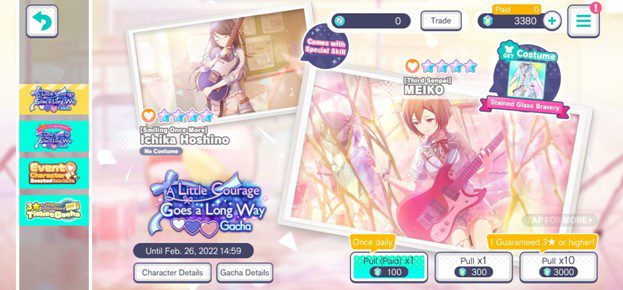
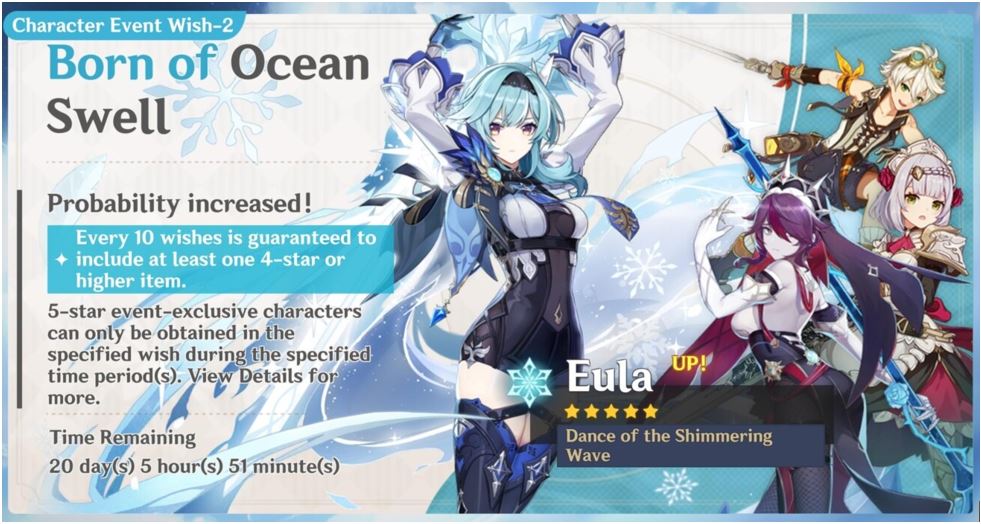
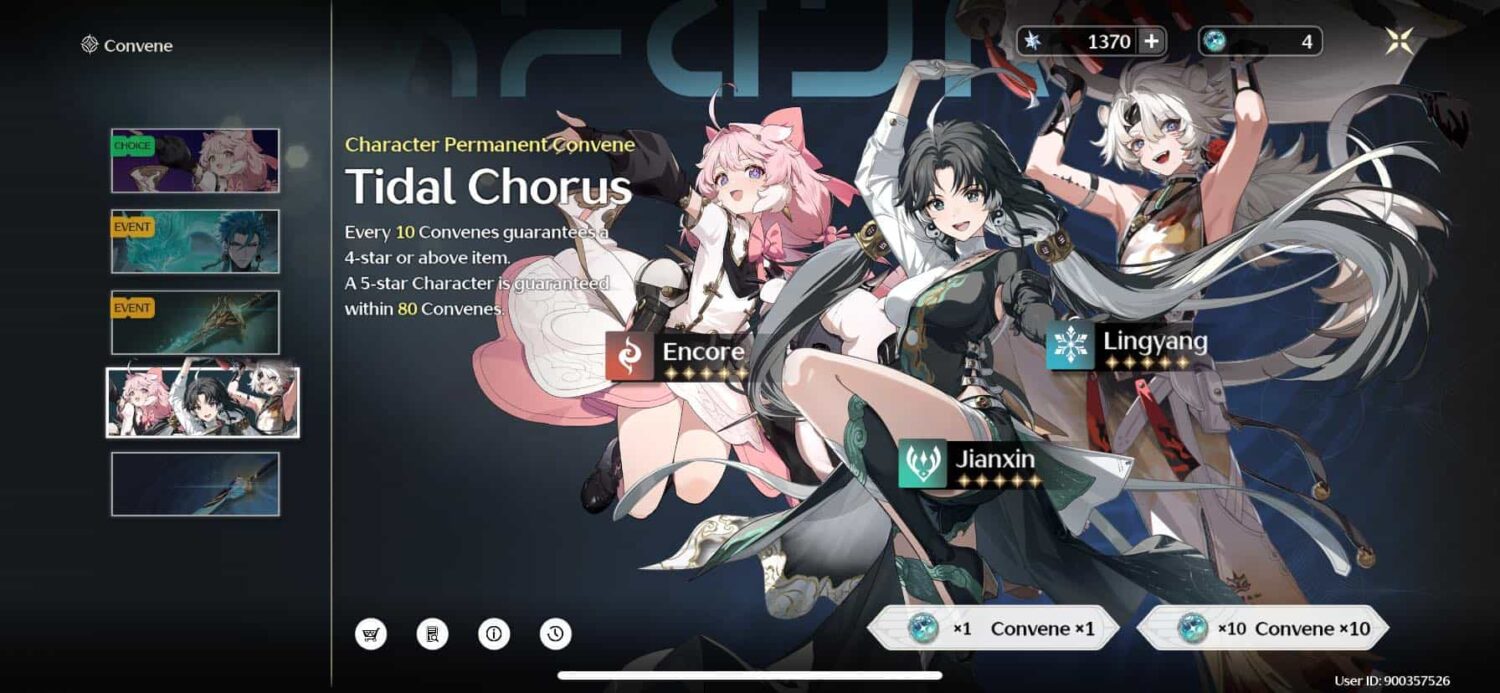
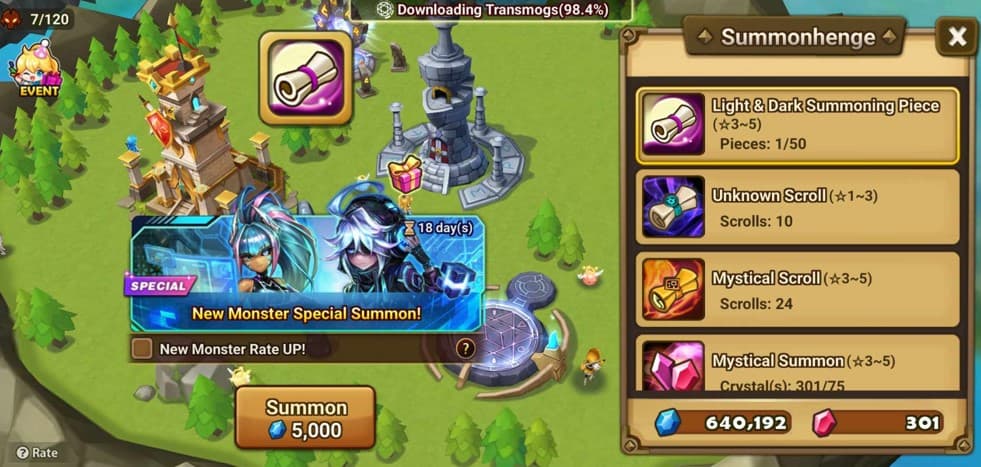
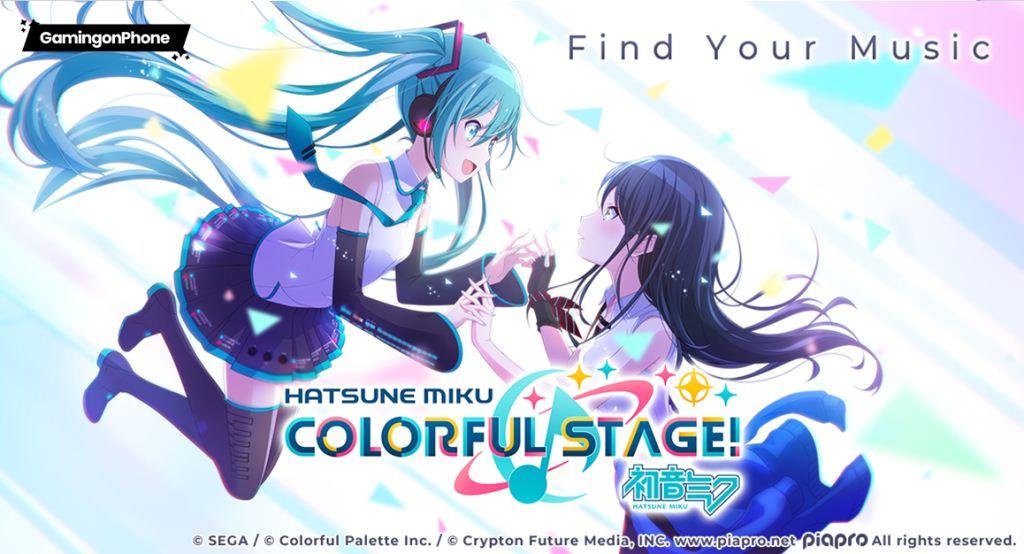
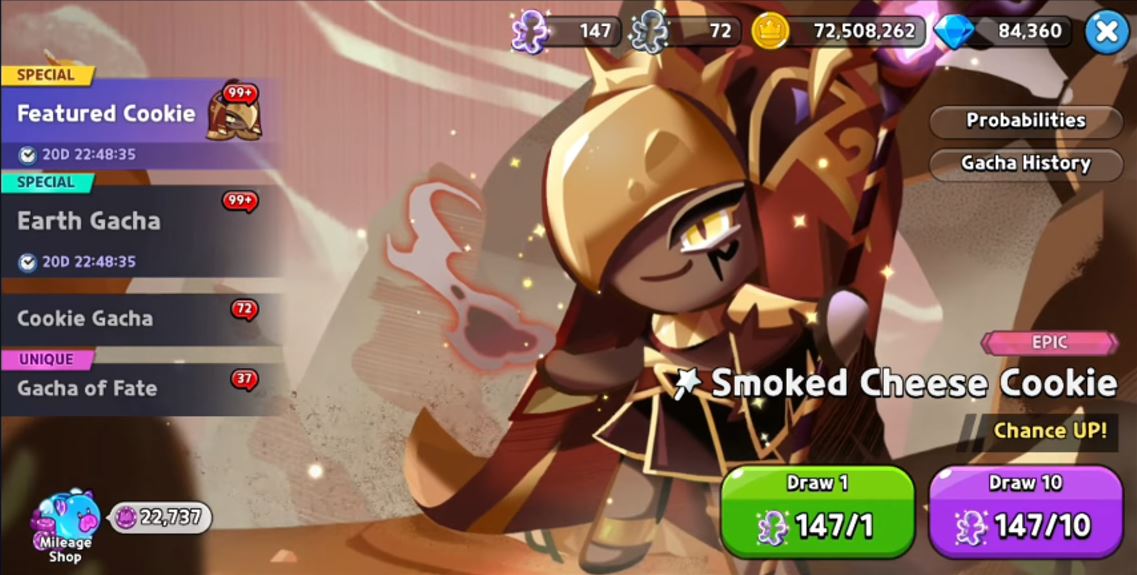

- In Japan, gacha rates are notoriously complex, offering hidden odds that make pulling rarities a real gamble
- Chinese gacha games feature more generous rates and introduces pity systems
- South Korean gacha blends in a mixture of both CN and JPN gacha games
Gacha games have taken the gaming world by storm, hooking millions of players with their stunning and diverse characters, releasing different types of banners, gameplay mechanics, and the thrill of pulling that elusive 5-star unit. Around the globe, each of the different regions has its spin on the gacha rates system, but all share the goal of keeping players engaged while making money.
However, not all gacha systems are created equal, some reward players generously, while others can leave them feeling frustrated. In this article, we’ll dive into comparing the gacha rates and how they work in different regions (focusing mostly on Chinese, Japanese, and South Korean gacha games).
Japanese Gacha games retain all of the cultural essence
For this section, I’ll discuss the Japanese gacha rates and system by diving into three Japanese-published games: Project Sekai, Ensemble Stars, and Fate/Grand Order. When I looked into these games, a few glaring patterns started to emerge. These games seem to share a philosophy of low rates, a lack of strong pity systems, and a reliance on their audience’s loyalty.
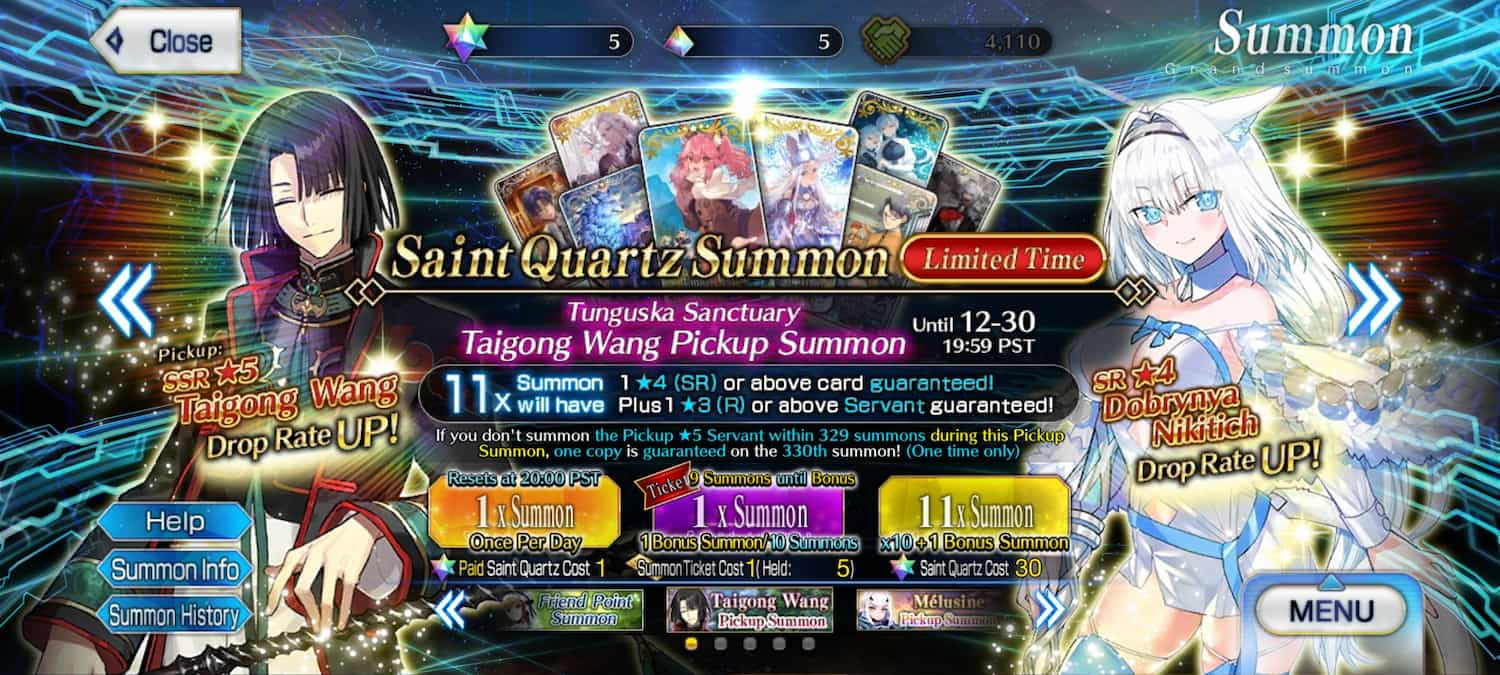
Firstly, Japanese gacha games universally have low base rates for obtaining the rarest items or characters. Even in games like Project Sekai and Ensemble Stars, which feature a 3% pull rate for their top-tier cards, these numbers don’t feel nearly as generous in practice. The absence of a pity system in Project Sekai and FGO makes the process feel even more punishing.
While 3% might be better than FGO’s infamous 1%, it’s still a roll of the dice without any guarantees. Secondly, weak or non-existent pity systems stand out as a frustrating commonality. For example, Project Sekai’s Spark system, requiring 300 pulls, feels excessive and unattainable for casual players. On the other hand, FGO doesn’t offer any pity system at all, leaving players at the mercy of pure luck. It’s a design choice that feels outdated and out of touch with modern gacha games that have normalized player-friendly mechanics.

Additionally, these games heavily tie limited banners to event-driven spending. Project Sekai’s exclusive cards, FGO’s limited-time campaigns, and Ensemble Stars’ event-focused gacha all create urgency that pressures players to spend now or lose their chance forever. The competitive element in Ensemble Stars, where duplicates directly influence event rankings, feels particularly predatory.
Lastly, there’s an undeniable reliance on player loyalty. Japanese gacha games thrive on emotional connection. Players don’t just want powerful characters; they want their favorite idols, Servants, or ensemble stars. This emotional attachment is both the strength and Achilles’ heel of these games. It keeps people engaged despite the harsh odds, but it also leaves a sour taste when those odds never work out.
Chinese Gacha games have proven to be the “fairest” by far
For this section, I’ll discuss the Chinese gacha rates and system by diving into three Chinese-published games: Genshin Impact, Love and Deepspace, and Wuthering Waves. After analyzing these games, it’s clear that Chinese gacha systems prioritize a balance between fairness and monetization. Unlike older gacha games, Chinese titles almost always include pity systems to guarantee rare pulls.
Whether it’s the game’s progressive soft pity or hard pity, these systems ensure players feel rewarded for their investments. Games like Love and Deepspace allow players to influence their odds by selecting specific items. This level of customization is rare in gacha systems and makes the experience far more satisfying. One standout feature is the ability to carry over progress between banners.

In Genshin Impact and Wuthering Waves, counters and guarantees persist, ensuring that players never lose their progress if they skip a banner. However, the inclusion of pity systems mitigates the frustration of missing out, making these games feel less punishing than their Japanese counterparts. Chinese gacha systems feel like a breath of fresh air compared to the more punishing systems in Japanese games. The emphasis on pity systems and player agency makes these games far more enjoyable and accessible.
Even as a free-to-play player, you’re given clear goals and the assurance that your pulls will eventually pay off. That said, the reliance on limited-time exclusivity still pressures players to spend during specific windows. While pity systems alleviate some of this pressure, the FOMO (fear of missing out) element is still very much present.

It’s a double-edged sword, exciting but stressful. In my opinion, Chinese gacha systems strike the best balance between fairness and profitability. They’re designed to respect players’ time and investments while still encouraging spending. If more games adopted these practices, the gacha landscape would be far more enjoyable for everyone.
Korean Gacha games lead the creativity charts by some distance
For this section, I’ll discuss the South Korean gacha rates and system by diving into three Korean-published games: Cookie Run: Kingdom, Limbus Company, and Summoners War: Sky Arena. Games like Cookie Run: Kingdom and Limbus Company incorporate pity mechanics, ensuring players are eventually rewarded for their pulls. In contrast, Summoners War lacks a traditional pity system but offers other safety nets to help mitigate the luck factor.
Korean gacha games often take it a step further by introducing secondary systems, such as shards or crafting, which allow players to obtain rare items without solely relying on chance. Progression systems that enhance characters through duplicates are also common, with Limbus Company’s shard system and Summoners War’s skill-up mechanics adding value to repeated pulls and softening the impact of RNG.

To keep players engaged, limited-time banners and events are often used, but these are typically paired with gameplay rewards to minimize the focus on pure gacha pulls. Korean gacha systems strike a middle ground between fairness and monetization. The inclusion of pity systems and alternative acquisition methods reflects a commitment to player satisfaction, even as monetization remains a core focus.
However, games like Summoners War highlight the need for stronger guarantees to keep pace with evolving player expectations. That said, the shard systems and progression mechanics in games like Limbus Company showcase innovation, offering players multiple ways to achieve their goals. While Korean gacha games still rely on event-driven FOMO, their gameplay rewards make the experience feel less punishing overall.
Comparing the Gacha Systems in Japan, China, and Korea
When comparing the gacha rates in different regions such as Japan, China, and Korea, each region brings its strengths and weaknesses to the table. I think Chinese gacha systems stand out as the most balanced and player-friendly, while Japanese systems feel a bit outdated in their approach. Korean games fall somewhere in the middle, offering innovation but sometimes lacking consistency in fairness.

Japanese gacha games often rely heavily on low rates for top-tier pulls and rarely include robust pity systems. Games like Fate/Grand Order showcase this perfectly with their 1% rate for a 5-star unit and no guaranteed pity. While games like Project Sekai include a spark system, it still requires a significant amount of resources to reach, making the overall experience feel punishing for unlucky players. Japan’s reliance on exclusivity and high spending makes their systems more stressful than enjoyable for many players.
In contrast, Chinese gacha systems shine because of their fairness and transparency. Games like Genshin Impact and Wuthering Waves include pity systems that guarantee a 5-star unit within a certain number of pulls, and these systems often carry over between banners. This means players don’t lose progress even if they skip a banner.
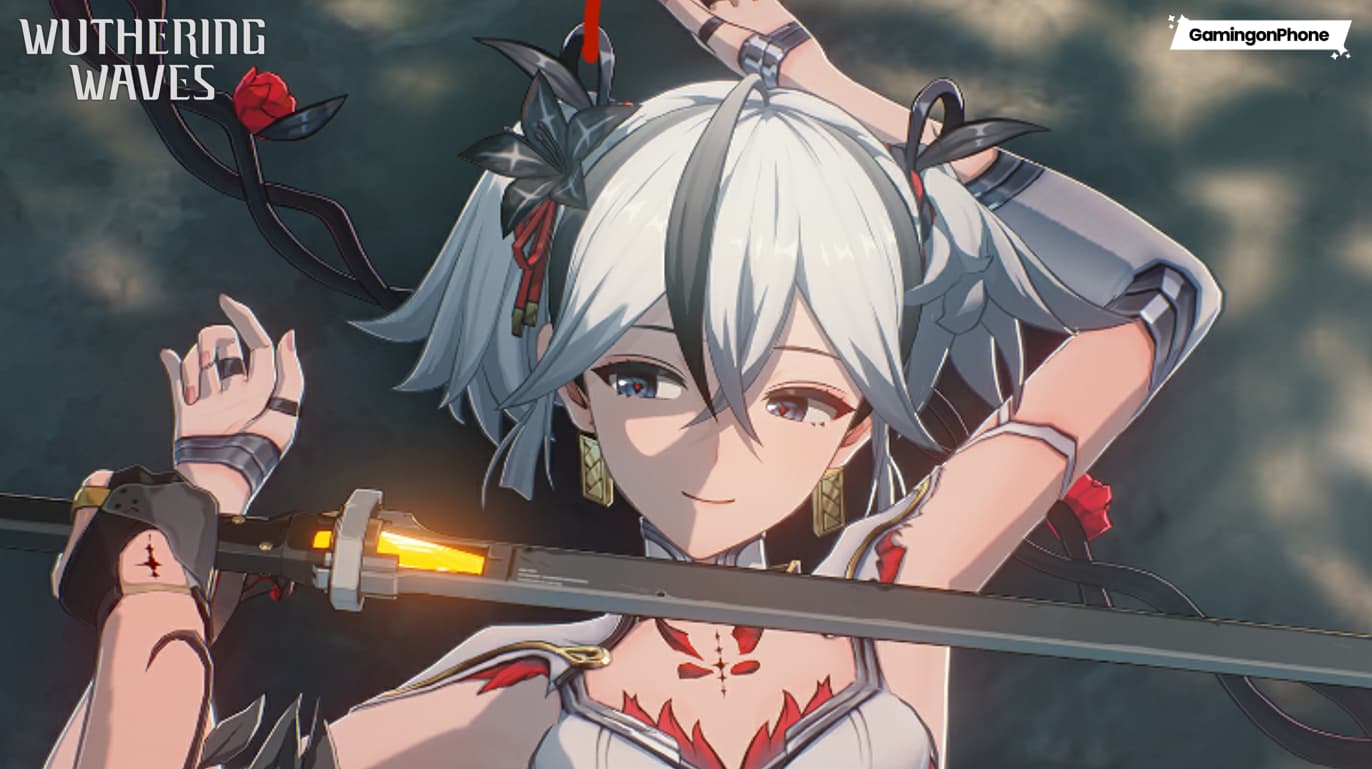
Additionally, features like Love and Deepspace’s ability to select desired items make the experience feel more rewarding. These systems respect both the player’s time and money, creating a balance that encourages spending without being overly predatory. Korean games fall in the middle ground.
Titles like Cookie Run: Kingdom and Limbus Company bring fresh ideas to the table, such as finite pulls for specific items or shard systems that allow players to work toward their goals even with duplicate pulls.
However, some games, like Summoners War: Sky Arena, still lack comprehensive pity systems, making the experience more luck-based. While Korean systems often try to innovate, their execution sometimes feels inconsistent, leaving players unsure of what to expect. In my opinion, with the comparison of gacha rates in different regions,

Chinese gacha systems take the lead because they offer the best blend of fairness, accessibility, and excitement. They’ve managed to modernize the gacha experience in a way that feels both rewarding and profitable. Japanese systems, while iconic, need to evolve to keep up with modern standards. Korean games show promise but need to refine their mechanics to offer a more cohesive experience. Ultimately, the ideal gacha system would take the fairness of Chinese games, the creativity of Korean games, and the cultural charm of Japanese games to create something truly exceptional.
Final Thoughts
After diving deep and comparing the gacha rates in different regions, I’ve realized that each one reflects a unique philosophy of balancing fairness, player satisfaction, and monetization. I find myself drawn to systems that respect my time and offer fairer outcomes, like those seen in Chinese gacha games. While Japanese and Korean systems also have their merits, they often feel more punishing, relying heavily on luck or excessive spending to get what you want.
That being said, even the systems I criticize have their charm and continue to attract players for a reason. The emotional connection to characters, the thrill of rare pulls, and the sense of community within these games can’t be understated. At the end of the day, gacha games succeed because they’re fun, even if they sometimes frustrate us along the way.
Check our other editorials on gacha games below:
For more Mobile Gaming news and updates, join our WhatsApp Group, Telegram Group, or Discord server. Also, follow us on Instagram, Twitter and Google News for quick updates.
Source link
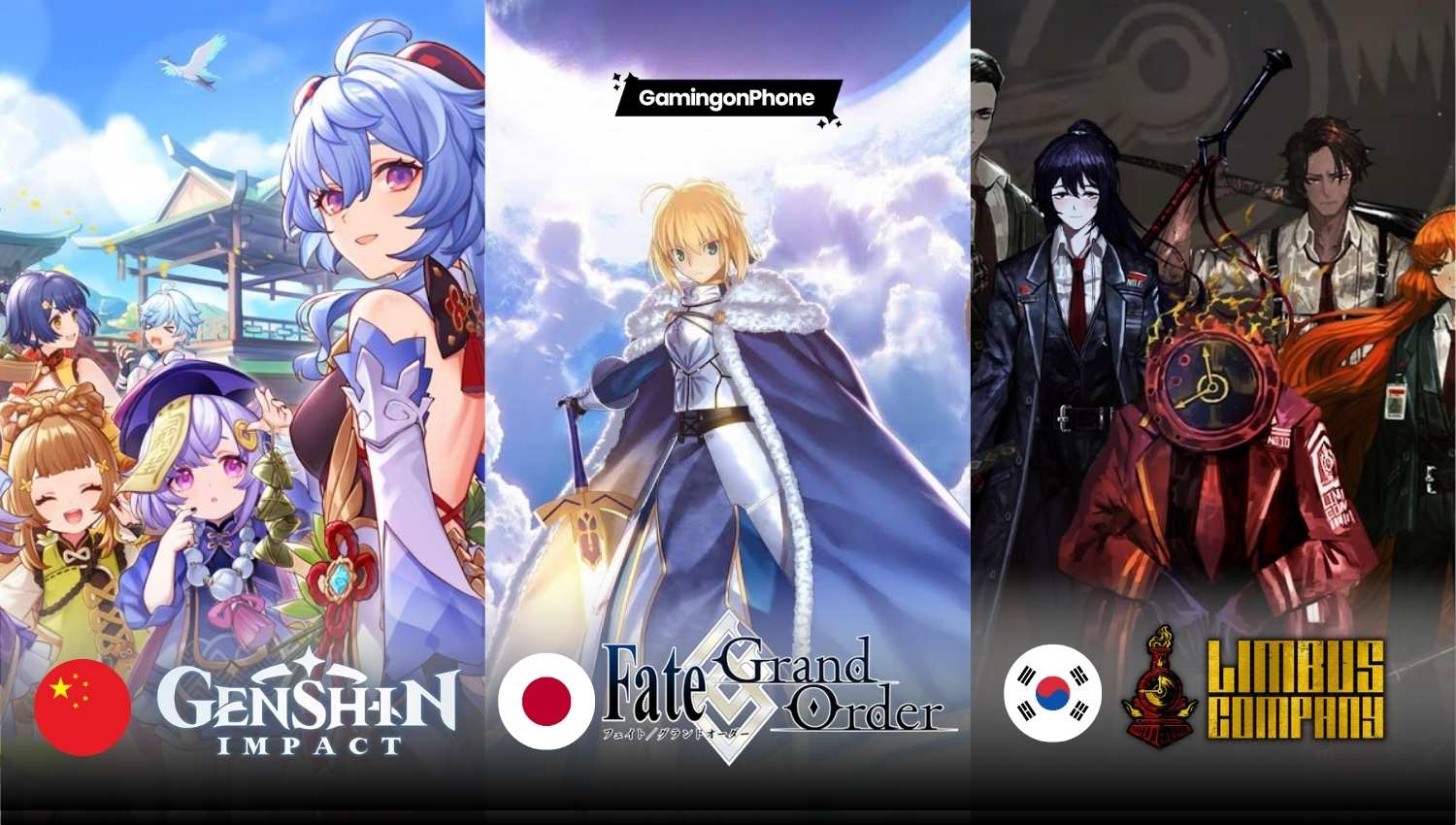








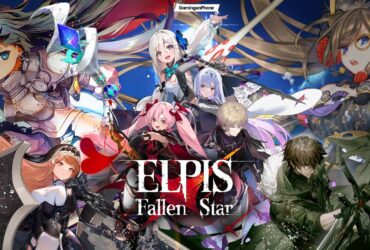

Leave a Reply